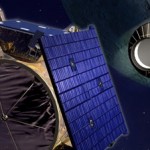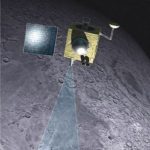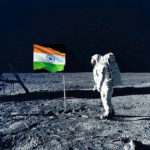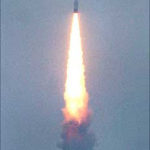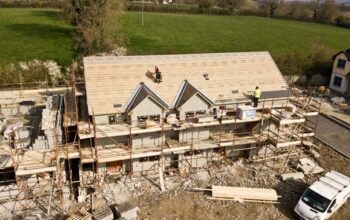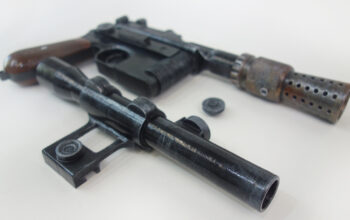Chandrayaan-1 was India’s first mission to the moon. The name Chandrayaan means “Chandra- Moon, Yaan-vehicle”, –in Indian languages (Sanskrit and Hindi), – the lunar spacecraft. Lets understand further about our lunar mission.
What are the achievements of Chandrayaan 1
Chandrayaan-1 conclusively discovered traces of water on the moon.
This was a pathbreaking discovery. Chandrayaan-1 also discovered water ice in the North polar region of the Moon. It also detected Magnesium, Aluminium and Silicon on the lunar surface.
Global imaging of the moon is another achievement of this mission.
What is Chandrayaan 2
Chandrayaan 2 is an Indian second lunar exploration mission developed by the Indian Space Research Organisation (ISRO) after Chandrayaan-1. It began its journey to the moon on 22 July 2019 at 2.43 PM IST, launching from Sriharikota in Andhra Pradesh on board heavy-lift rocket GSLV Mark 3.
Launcher and the Spacecraft of Chandrayaan 2
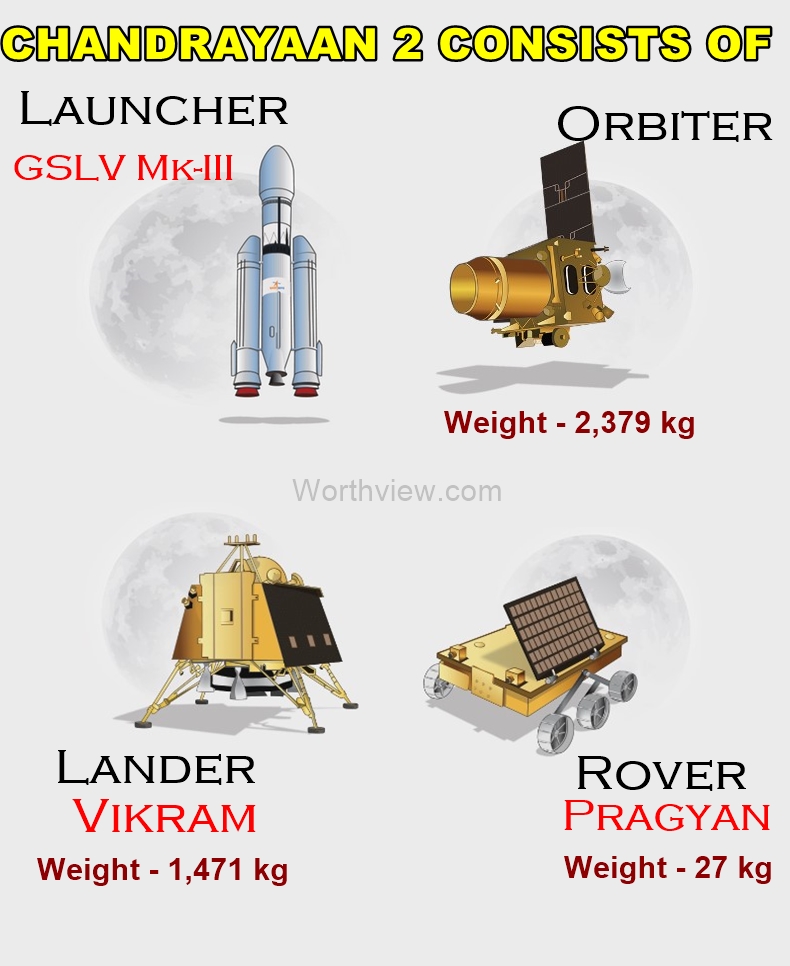
It consists of a lunar orbiter, a lander, and a lunar rover named Pragyan, all of which were developed in India
Orbiter
The Chandrayaan 2 orbiter is a box-shaped craft with an orbital mass of 2379 kg and solar arrays capable of generating 1000 W power. The orbiter communicates with the Indian Deep Space Network and the lander. The orbiter will have a scientific payload comprising a visible terrain mapping camera, a neutral mass spectrometer, a synthetic aperture radar, a near infrared spectrometer, a radio occultation experiment, a soft X-ray spectrometer and solar X-ray monitor.
Vikram lander
The lander, named Vikram, has a mass of 1471 kg (including the rover), and can generate 650 W of solar power. The lander can communicate directly to the Indian Deep Space Network, the orbiter, and the rover. The lander will carry a camera, seismometer, thermal profiler, Langmuir probe, and a NASA-supplied laser retroreflector.
Pragyan rover
The rover, Pragyan (also Pragyaan), is a 6-wheeled vehicle with a mass of 27 kg that runs on 50 W of solar power and can travel up to 500 m at a speed of 1 cm per second. The rover communicates directly with the lander. the rover will hold cameras, alpha-proton X-ray spectrometer, and a laser-induced ablation spectroscopy experiment.
What are the Objectives of Chandrayaan 2
The primary objectives of Chandrayaan-2 are to demonstrate the ability to soft-land on the lunar surface and operate a robotic rover on the surface.
Scientific goals include studies of lunar topography, mineralogy, elemental abundance, the lunar exosphere, and signatures of hydroxyl and water ice.
The orbiter will map the lunar surface and help to prepare 3D maps of it. The onboard radar will also map the surface while studying the water ice in the south polar region and thickness of the lunar regolith on the surface.
Why are we going to the Moon?
The Moon is the closest cosmic body at which space discovery can be attempted and documented. It is also a promising test bed to demonstrate technologies required for deep-space missions. Chandrayaan 2 attempts to foster a new age of discovery, increase our understanding of space, stimulate the advancement of technology, promote global alliances, and inspire a future generation of explorers and scientists.
So far, none of the lunar missions have detected any signature of presence of life on the Moon.
Why explore the Lunar South Pole?
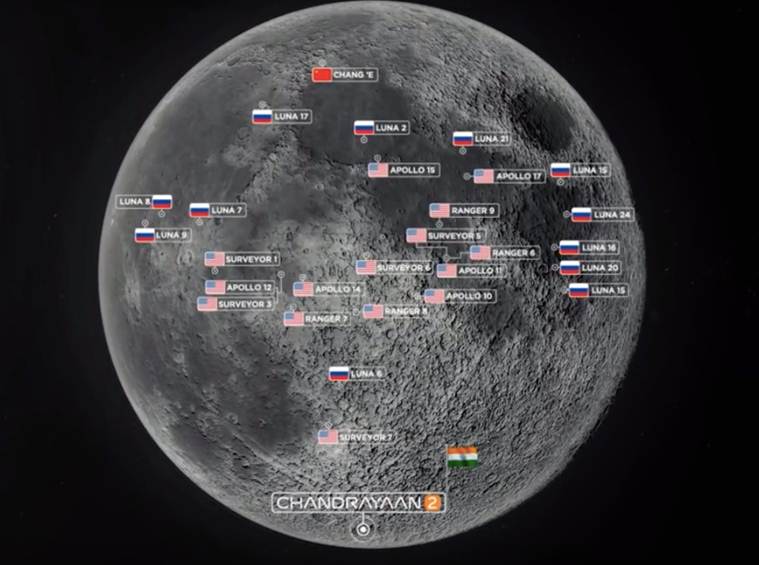
Source- Indianexpress
Evidence for water molecules discovered by Chandrayaan-1, requires further studies on the extent of water molecule distribution on the surface, below the surface and in the tenuous lunar exosphere to address the origin of water on Moon.
The lunar South Pole is especially interesting because of the lunar surface area here that remains in shadow is much larger than that at the North Pole. There is a possibility of the presence of water in permanently shadowed areas around it. In addition, South Pole region has craters that are cold traps and contain a fossil record of the early Solar System.
Chandrayaan-2 will attempt to soft land the lander -Vikram and rover- Pragyan in a high plain between two craters, Manzinus C and Simpelius N, at a latitude of about 70° south.
What makes Chandrayaan 2 special?
1st space mission to conduct a soft landing on the Moon’s south polar region
1st Indian expedition to attempt a soft landing on the lunar surface with home-grown technology
1st Indian mission to explore the lunar terrain with home-grown technology
4th country ever to soft land on the lunar surface
Mission Payloads
The Orbiter carries eight scientific payloads for mapping the lunar surface and study the exosphere (outer atmosphere) of the Moon.
The Lander carries three scientific payloads to conduct surface and subsurface science experiments.
The Rover carries two payloads to enhance our understanding of the lunar surface.
A passive experiment from NASA will also be carried onboard Chandrayaan-2.
Photos taken from Chandrayaan 2
First set of beautiful images of the Earth captured by Chandrayaan-2 Vikram Lander
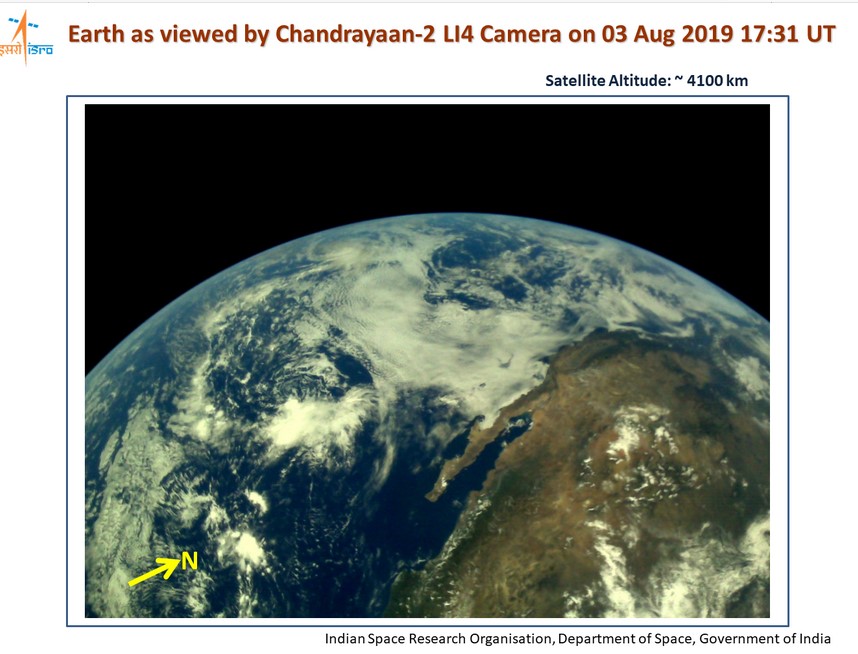
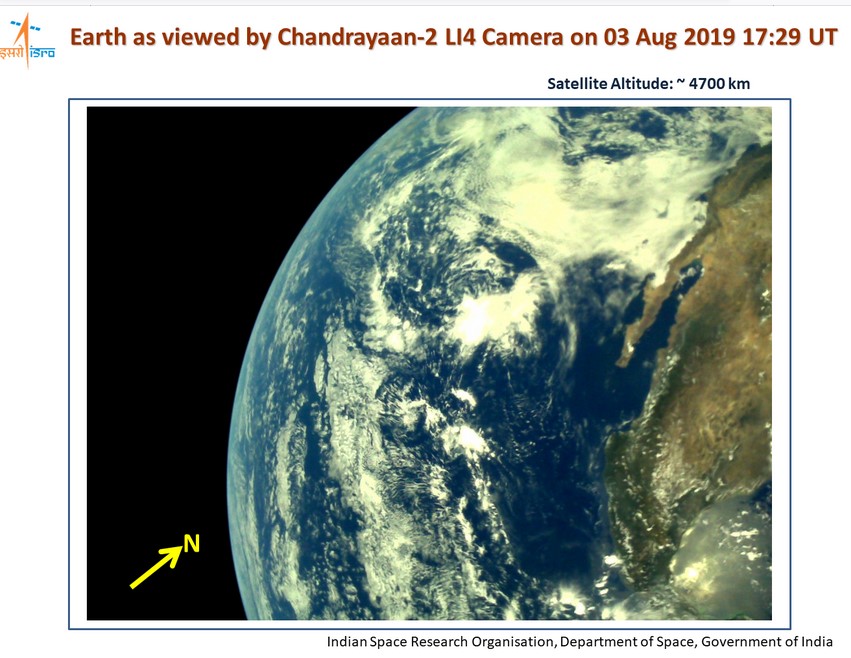
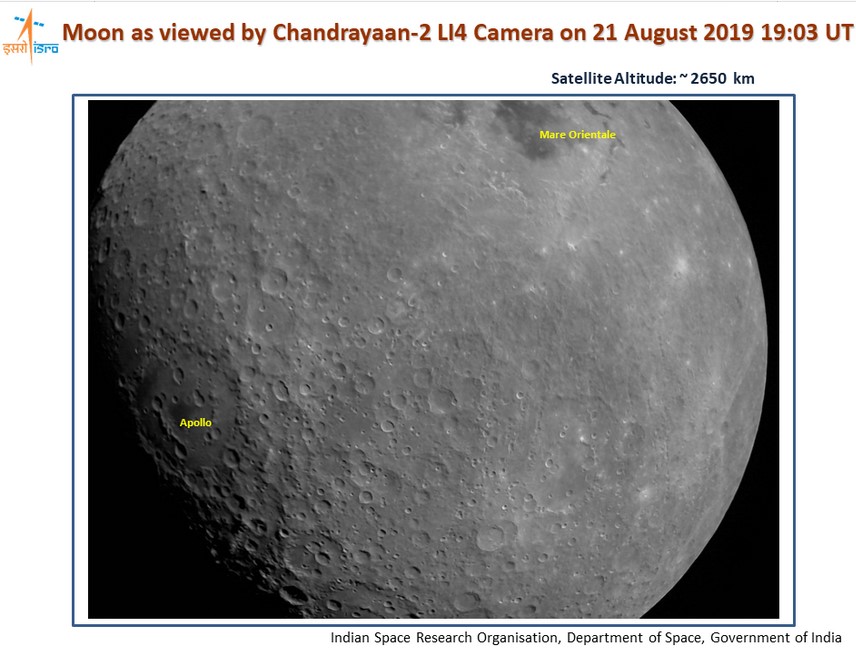
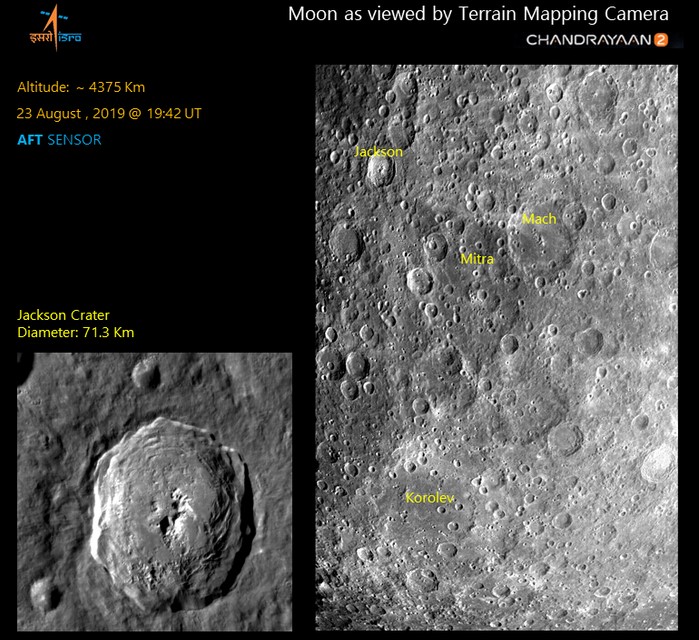
Related Posts


